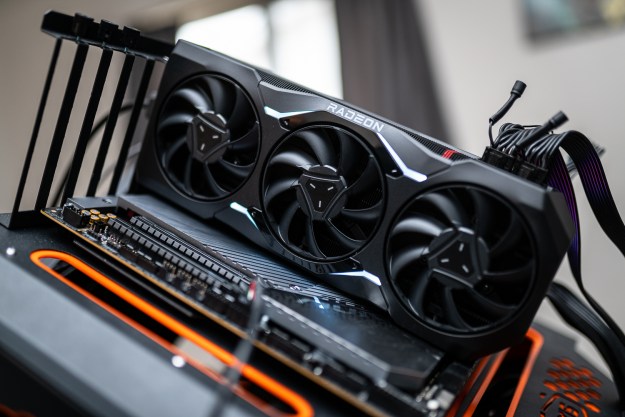Seagate has announced that it has designed, and will soon begin to sell the largest single disk 3.5-inch hard drive ever made. The rumors have been circulating for a while now, but Thinq has confirmed the release, although no date or price have been issued. Oh, and there’s a catch: Most PCs won’t be able to use it.
Back when Microsoft was creating its first Windows based OS in the 80s, the idea of a 3TB hard drive was incredible, even absurd. It was a number so large, that it didn’t even merit consideration. It would have been like building a highway, but making it ready for flying cars just in case- the idea simply wasn’t plausible. Fast forward three decades or so, and the future is nigh, but the XP operating system won’t believe it.
When the original Windows OS was being designed, the legacy of DOS cast a heavy shadow on the program. For the most part, it has been a good thing, and people have grown up with the standards that DOS imposed. But that program is beginning to show its age, and the size limit of internal hard drives is just the most recent sign.
To put it simply, Microsoft and IBM agreed to a standard in the original DOS that put a cap on internal capacity at 2.1TB. The problem is the limit of the logical block addressing (LBA), which would mean nothing to all but the most knowledgeable PC users, but the result is that XP users would be lucky to see 2.1TBs. Some tests show that a glitch might display no more than 990MB of storage space. To run the drive, users will need a 64-bit OS. Windows Vista (although not the Vista 32-bit) and Windows 7 should be able to accept and recognize the full 3TB drive.
So while the introduction of a single 3TB hard drive that is not reaching that capacity through a RAID setup is an incredible technological achievement, it is one that may not be of much use to many people until Windows XP – the most popular OS in the world – has faded away.



